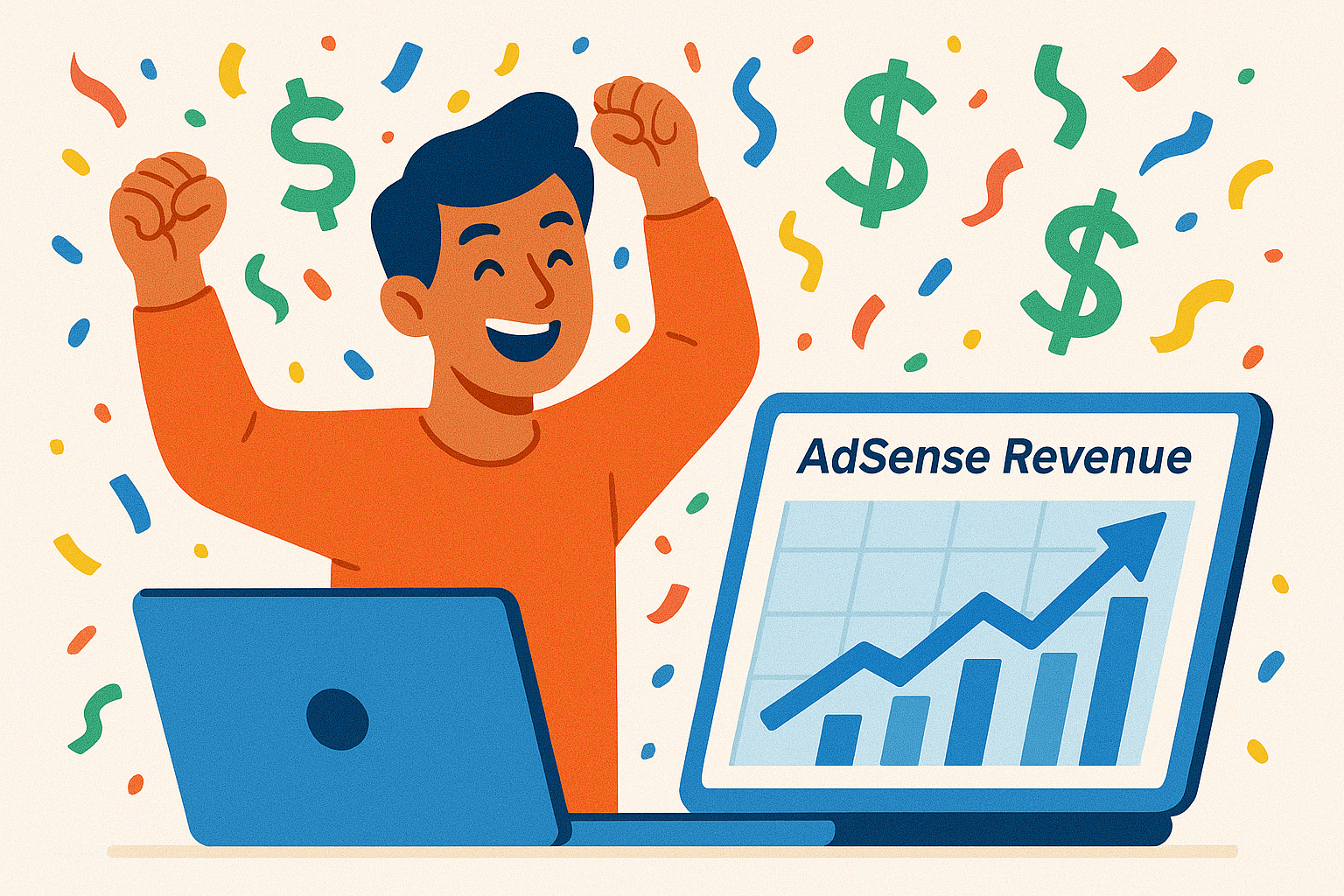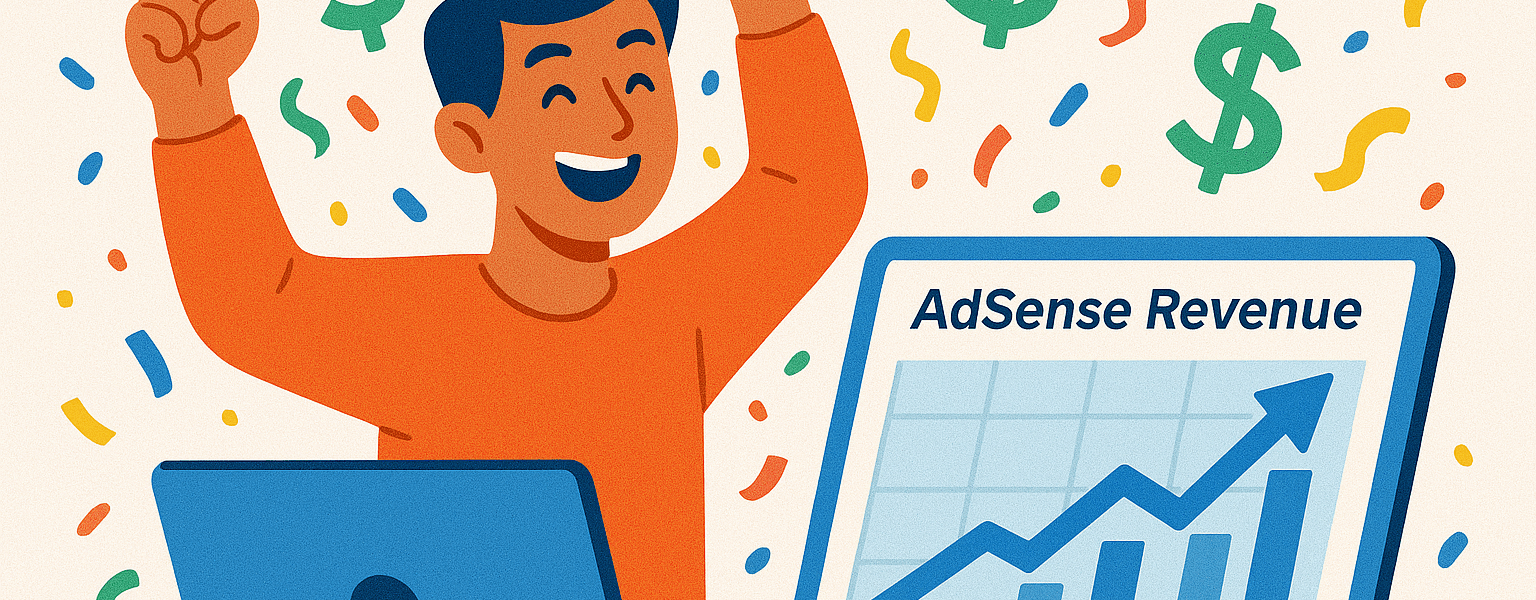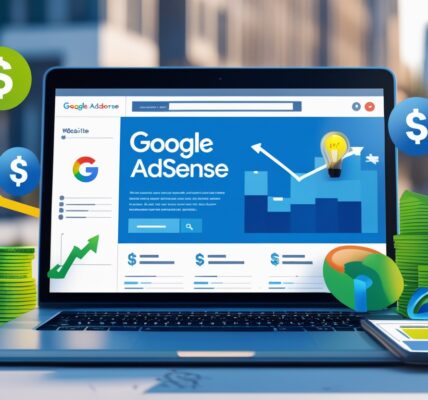Getting approved for Google AdSense is a huge milestone, but the real challenge is optimizing your ad placements to maximize revenue. Strategic ad placement can boost clicks and impressions without ruining your user experience. In this SEO-friendly, beginner-friendly guide, we’ll explore the best AdSense placement strategies to help you earn more while keeping your audience happy. Let’s dive in!
Why Ad Placement Matters for AdSense Revenue
Google AdSense pays you for ad impressions (views) and clicks, so where and how you place ads directly impacts your earnings. Poor placement can annoy visitors or lead to low engagement, while smart placement balances revenue and user satisfaction. Before we start, ensure your site is AdSense-ready by checking out our Beginner’s Guide to AdSense Approval and avoid common pitfalls listed in Top 10 Reasons Why Google AdSense Applications Get Rejected.
Top AdSense Placement Strategies to Boost Revenue
Here are proven strategies to optimize your AdSense placements for maximum earnings.
1. Place Ads Above the Fold
“Above the fold” refers to the part of your webpage visible without scrolling. Ads here get the most visibility and clicks.
- Why It Works: Visitors see these ads immediately, increasing impressions and click-through rates (CTR).
- How to Do It: Place a leaderboard ad (728×90) or medium rectangle (300×250) at the top of your homepage or article pages. Ensure it blends with your design to avoid looking spammy.
- Tip: Test placements to avoid pushing content too far down. Balance visibility with user experience.
2. Use In-Article Ads for Engagement
In-article ads appear within your content, often between paragraphs, making them highly effective.
- Why It Works: Readers are already engaged with your content, so ads feel less intrusive and get more clicks.
- How to Do It: Insert a 300×250 or 336×280 ad unit after 2–3 paragraphs or at natural breaks in long articles. Use Google’s auto ads or manual placement for precision.
- Tip: Choose high-earning niches like those in 15 Best AdSense Niches for Publishers in 2025 to boost revenue from in-article ads.
3. Leverage Sidebar Ads
Sidebars are prime real estate for ads, especially on desktop views.
- Why It Works: Sidebar ads (like 160×600 or 300×600 skyscrapers) are visible throughout the user’s scroll, increasing impressions.
- How to Do It: Place a vertical ad unit in your sidebar, ideally sticky (fixed as users scroll). Ensure your theme is responsive so the sidebar doesn’t disrupt mobile users.
- Tip: Avoid overloading the sidebar with too many ads to maintain a clean look.
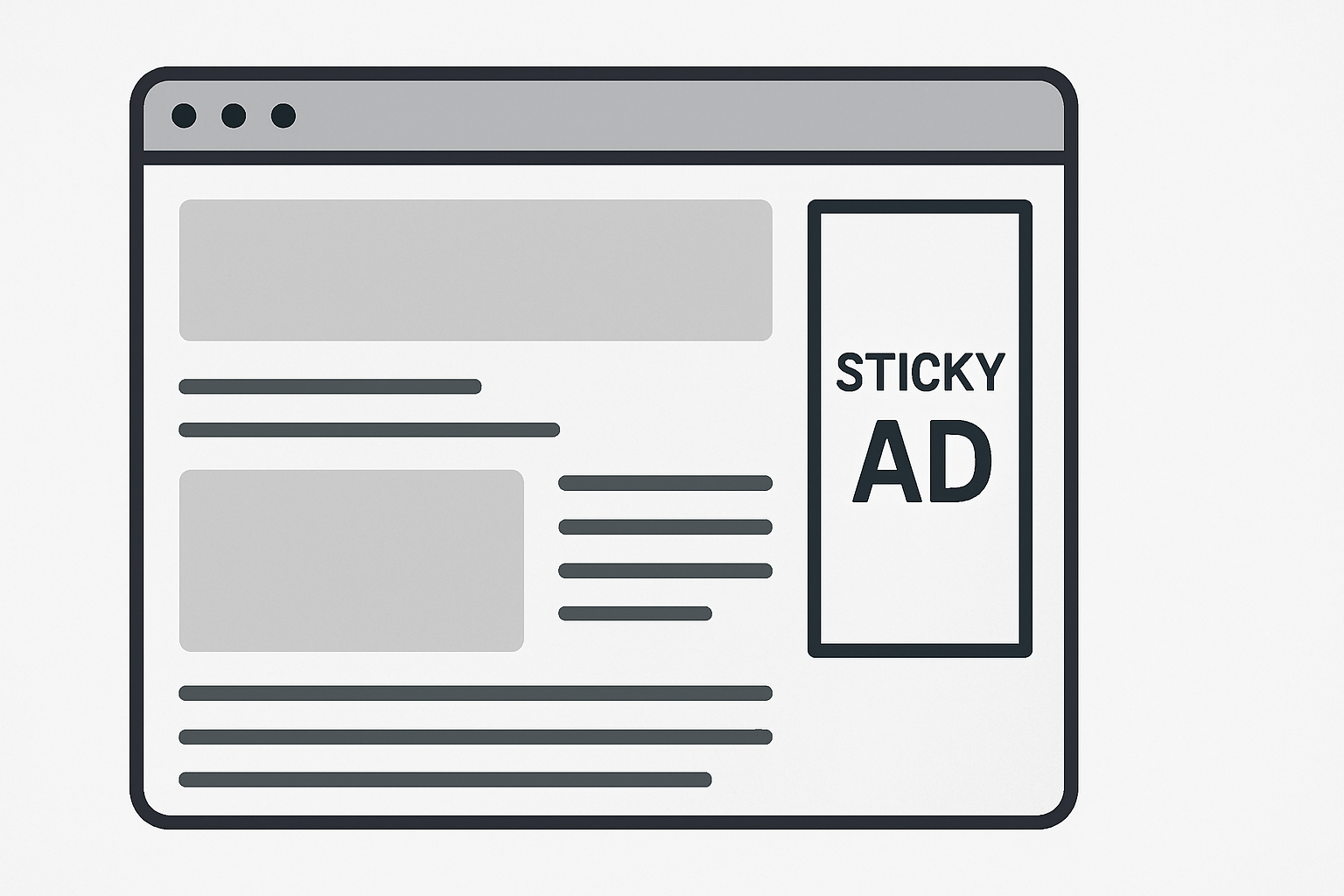
4. Experiment with Native Ads
Native ads blend seamlessly with your site’s content, looking like part of the design rather than traditional ads.
- Why It Works: They feel less intrusive, improving user experience and encouraging clicks.
- How to Do It: Use Google’s “In-feed” or “In-article” native ads within blog post feeds or at the end of articles. Customize fonts and colors to match your site.
- Tip: Test different styles in your AdSense dashboard to find what resonates with your audience.
5. Add Ads at the End of Articles
Placing ads at the bottom of your articles catches users who finish reading and are ready to engage further.
- Why It Works: Engaged readers are more likely to click relevant ads after consuming your content.
- How to Do It: Insert a 728×90 or 300×250 ad unit below the article, just above the comments section or related posts.
- Tip: Pair with a “Recommended Articles” section to keep users on your site longer, increasing ad exposure.
6. Use Link Units for Subtle Monetization
Link units are text-based ads that look like navigation links, offering a less intrusive option.
- Why It Works: They blend into your site’s design and work well for users who prefer text over banner ads.
- How to Do It: Place link units (e.g., 728×15) in your navigation bar, footer, or between content sections.
- Tip: Combine link units with display ads for diversified revenue without overwhelming users.
7. Optimize for Mobile Users
With mobile traffic dominating most websites, mobile-friendly ad placements are critical.
- Why It Works: Mobile-optimized ads ensure you don’t miss out on revenue from smartphone users.
- How to Do It: Use responsive ad units that adjust to screen size. Place ads in-article or as sticky banners at the bottom of the screen. Test with Google’s Mobile-Friendly Test tool.
- Tip: Avoid ads that cover the entire mobile screen, as they violate AdSense policies and annoy users.
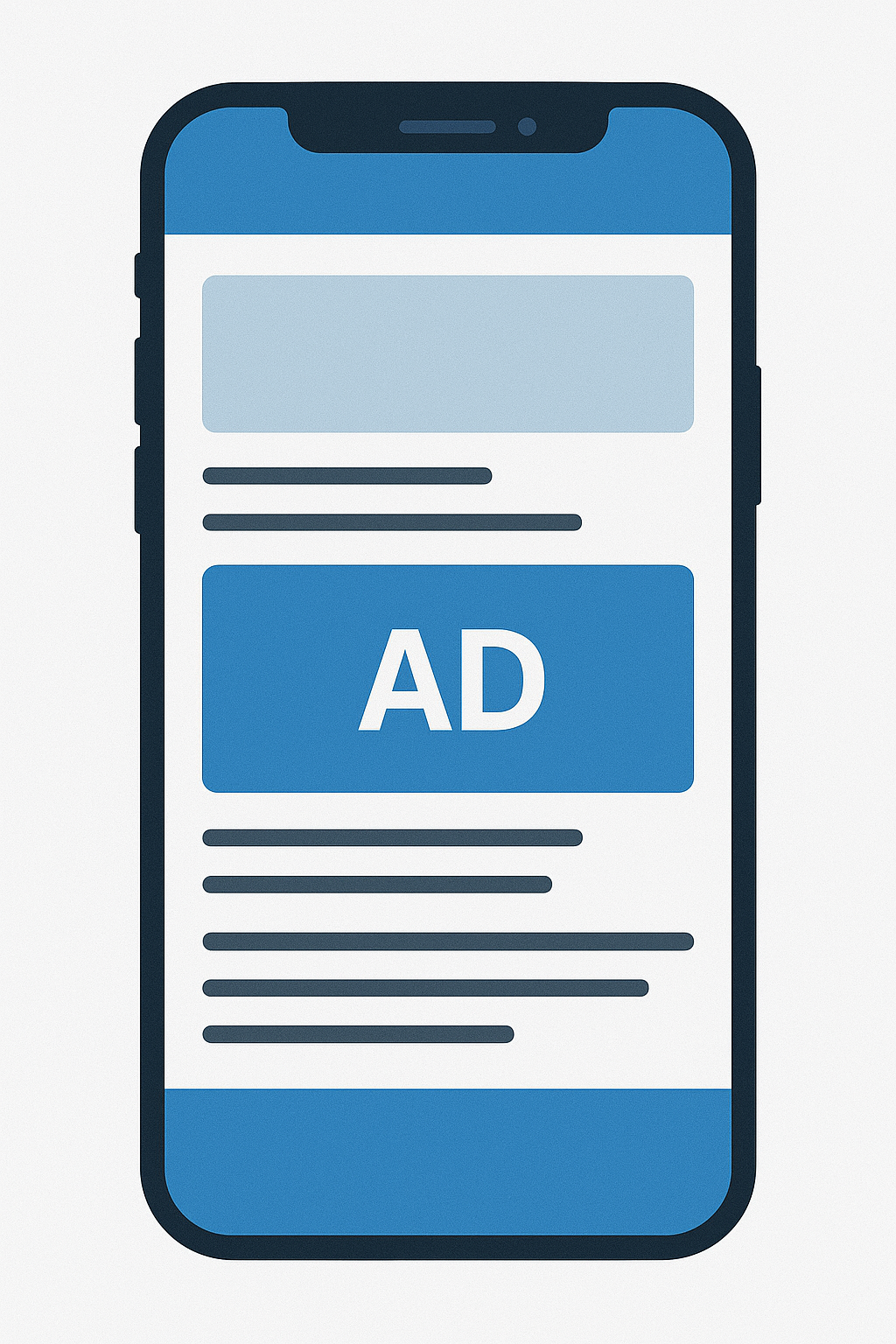
8. Test and Analyze with A/B Testing
No two websites are the same, so what works for one might not work for another. A/B testing helps you find the best ad placements.
- Why It Works: Testing different ad sizes, positions, and types reveals what maximizes your CTR and revenue.
- How to Do It: Use Google AdSense’s “Experiments” feature to test variations. For example, compare a 300×250 vs. a 336×280 ad unit in the same spot.
- Tip: Track performance in your AdSense dashboard and adjust based on data, not guesswork.
9. Avoid Overloading with Ads
More ads don’t always mean more revenue. Overloading your site can harm user experience and lead to lower engagement.
- Why It Works: A balanced ad-to-content ratio keeps visitors on your site longer, increasing overall impressions.
- How to Do It: Stick to Google’s rule of no more than 3 display ads, 3 link units, and 2 search boxes per page. Prioritize high-performing placements.
- Tip: If rejected for poor user experience, review our Top 10 Reasons Why Google AdSense Applications Get Rejected for fixes.
10. Use Auto Ads for Simplicity
Google’s Auto Ads use machine learning to place ads optimally across your site.
- Why It Works: Auto Ads save time and adapt to your site’s layout, testing placements you might not consider.
- How to Do It: Enable Auto Ads in your AdSense dashboard and paste the code into your site’s header. Monitor performance and disable underperforming formats if needed.
- Tip: Combine Auto Ads with manual placements for high-traffic pages to maximize control and revenue.
Common Mistakes to Avoid
- Ignoring AdSense Policies: Overloading ads or placing them in pop-ups can lead to account suspension. Always follow Google’s guidelines.
- Neglecting User Experience: Ads that block content or slow down your site drive visitors away. Prioritize speed and usability.
- Not Targeting High-Value Niches: Some niches earn more due to advertiser demand. Explore 15 Best AdSense Niches for Publishers in 2025 for ideas.
Final Thoughts
Optimizing your AdSense placements is a mix of strategy, testing, and balance. By placing ads in high-visibility areas, using responsive units, and prioritizing user experience, you can maximize revenue without alienating your audience. Start with these strategies, monitor your AdSense dashboard, and tweak as needed to find your sweet spot.
Ready to boost your earnings? Try these placements and share your results in the comments! For more help getting started, check out our Beginner’s Guide to AdSense Approval.
